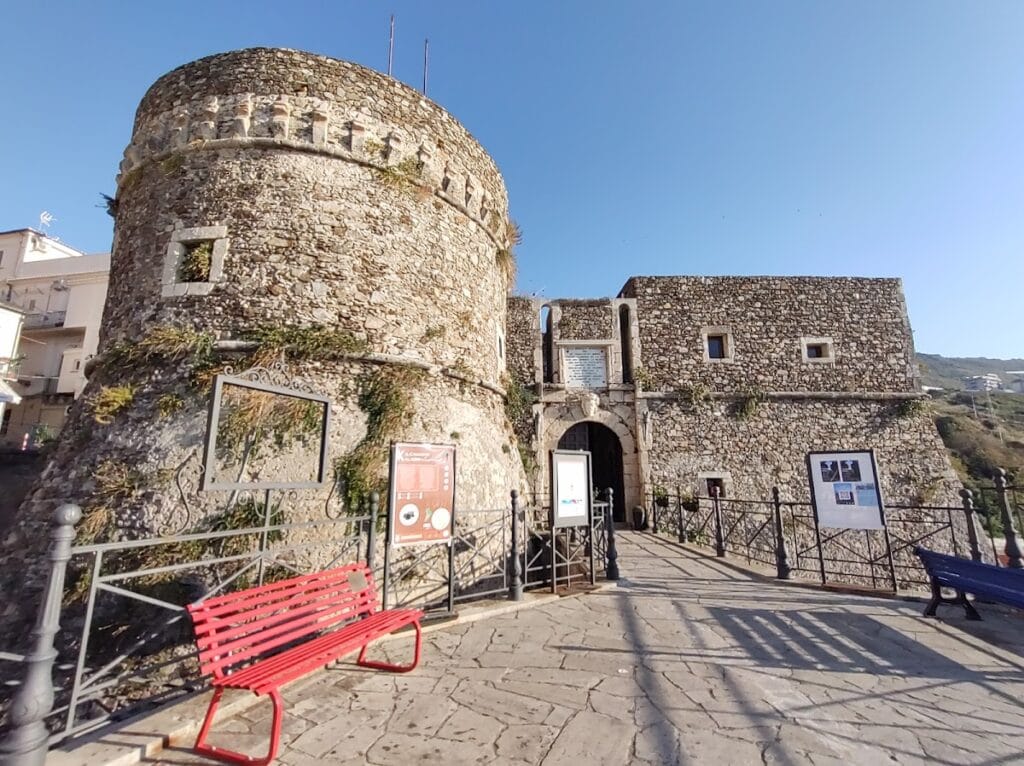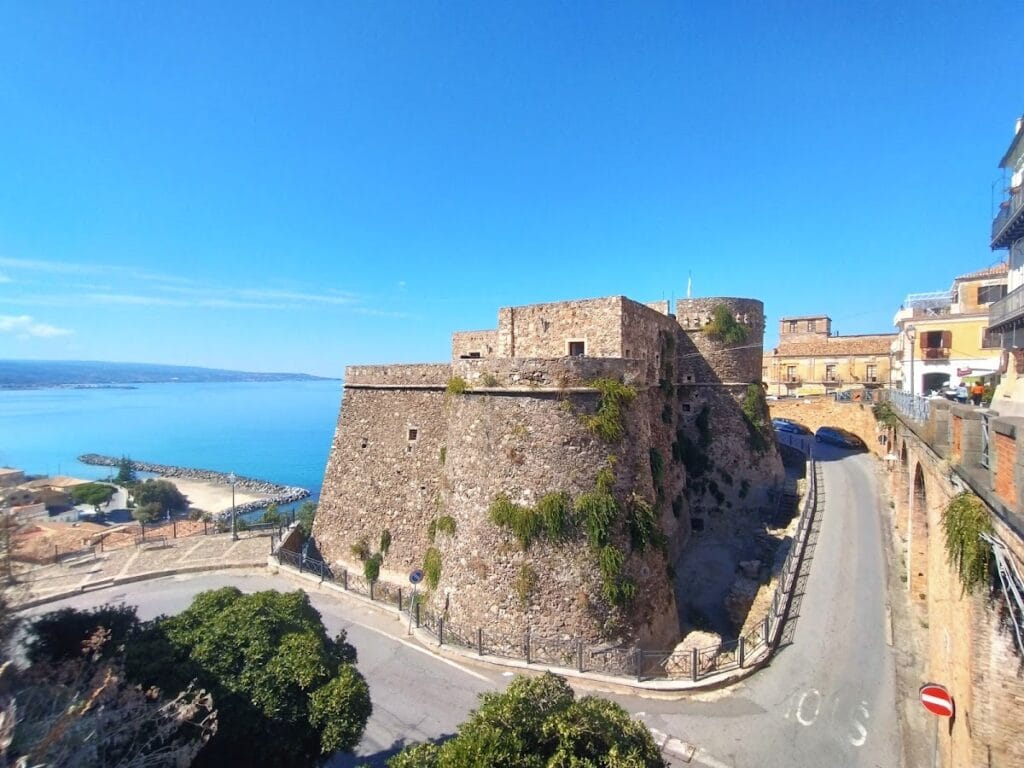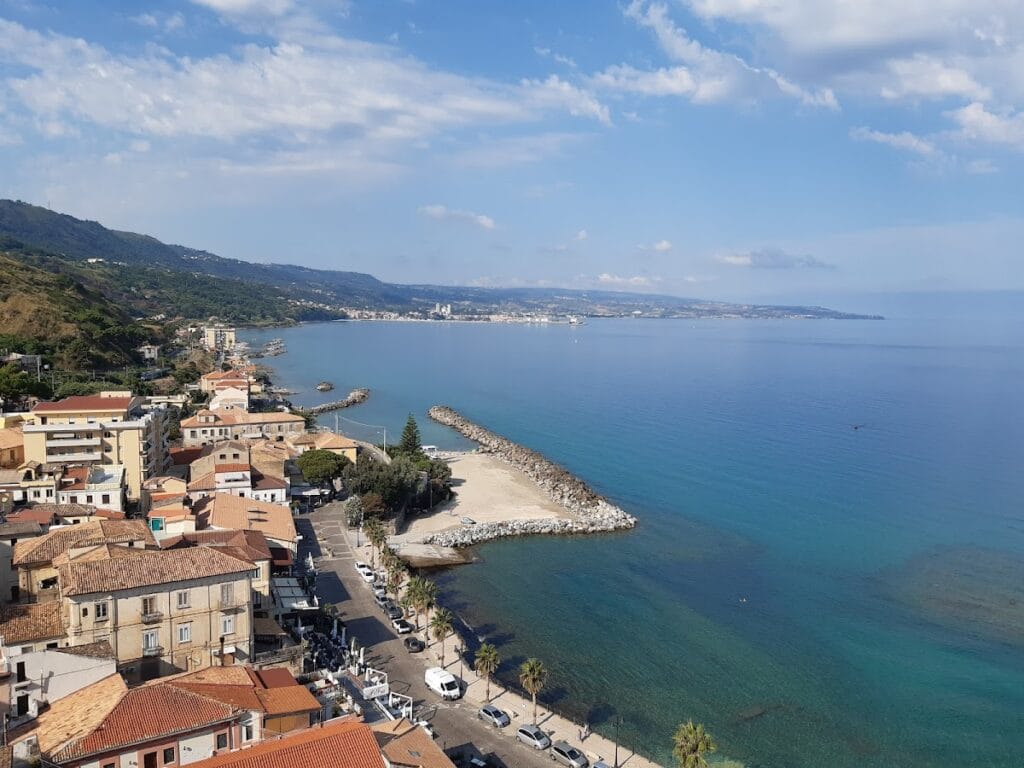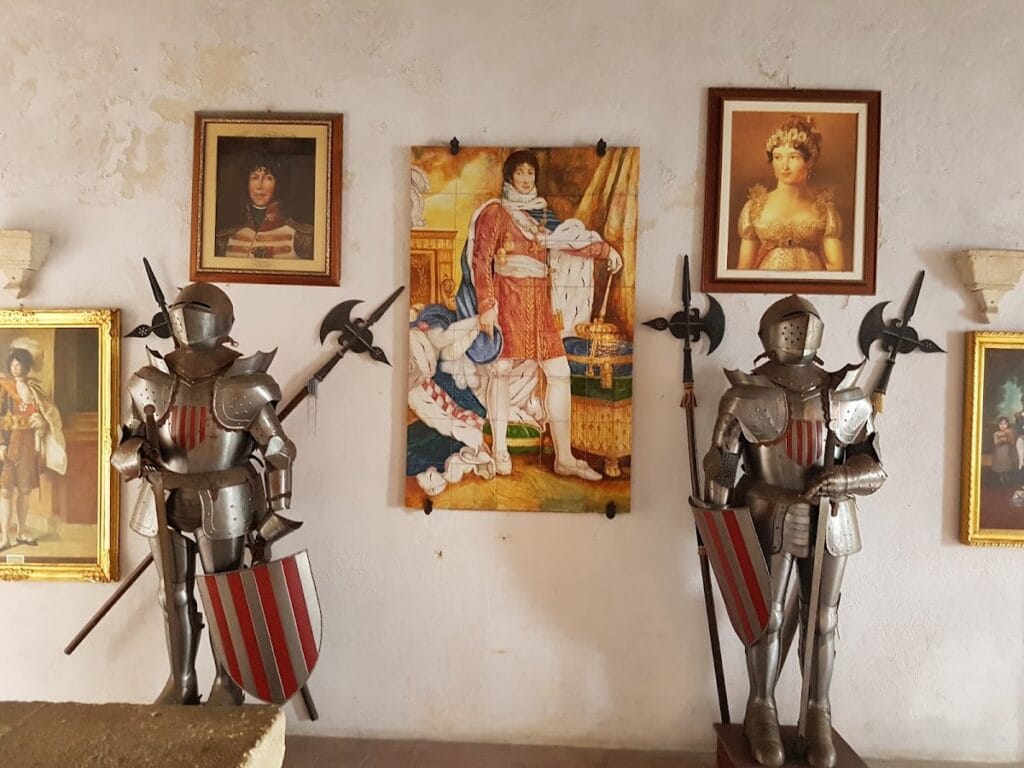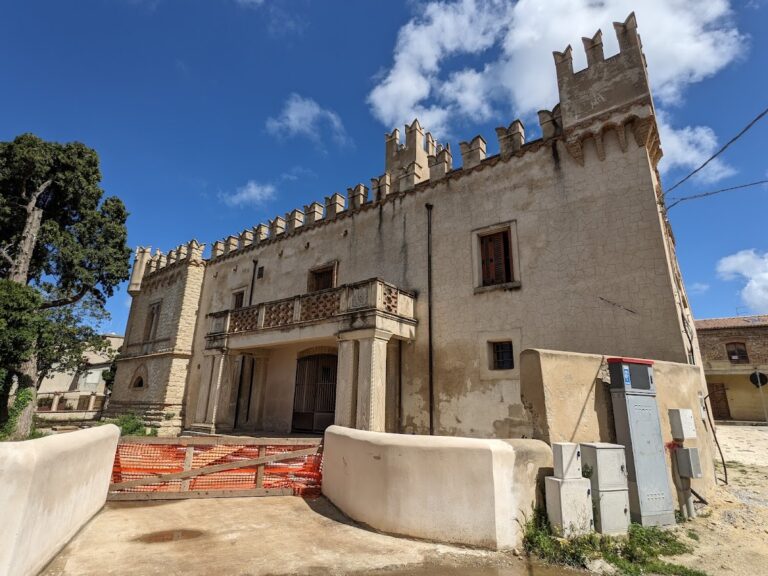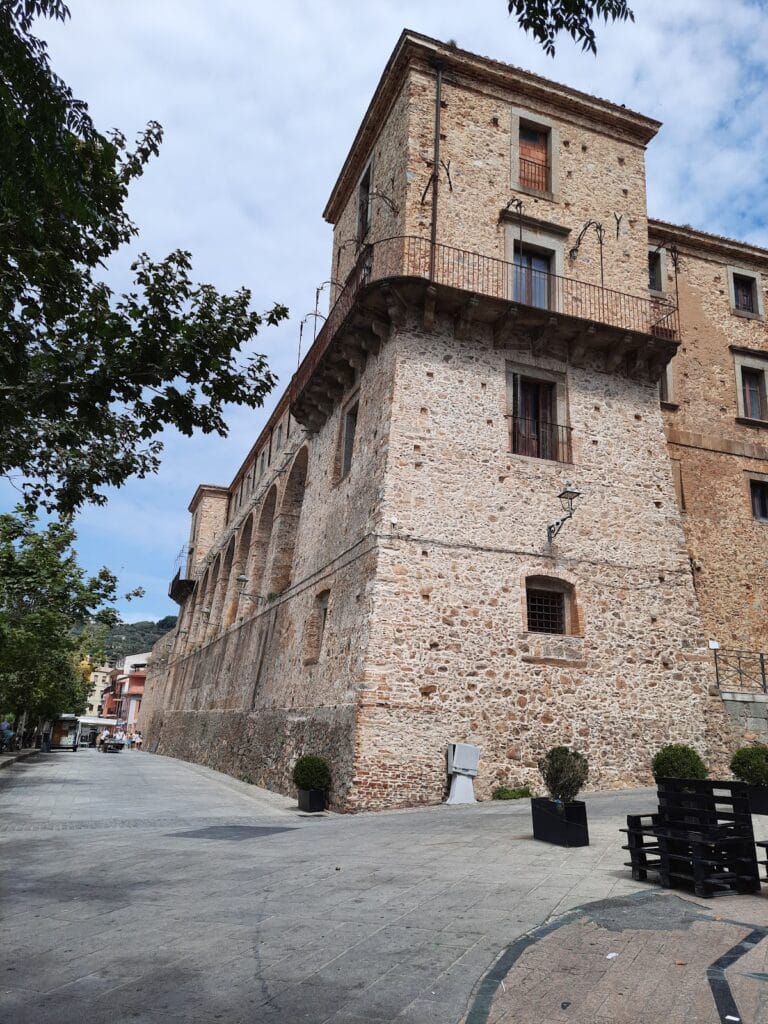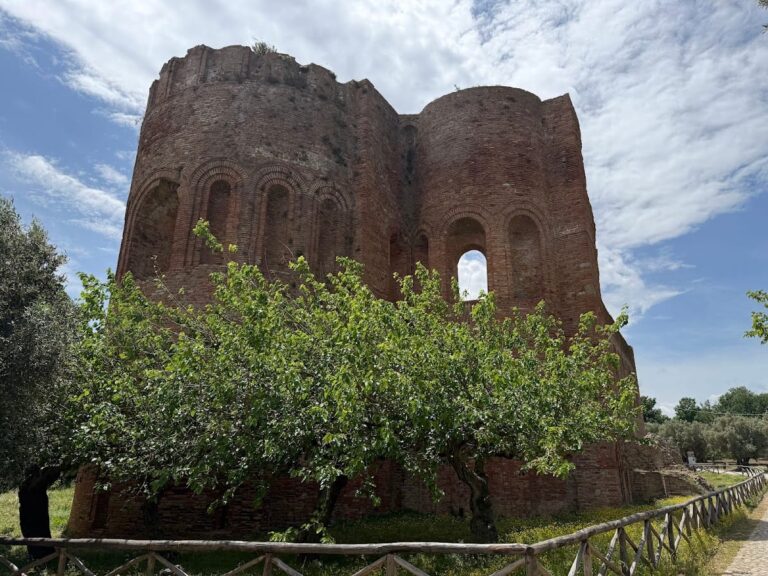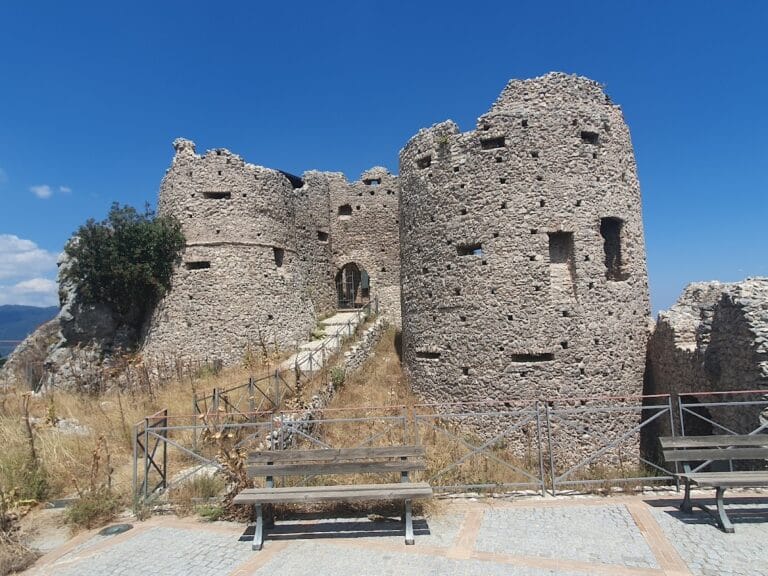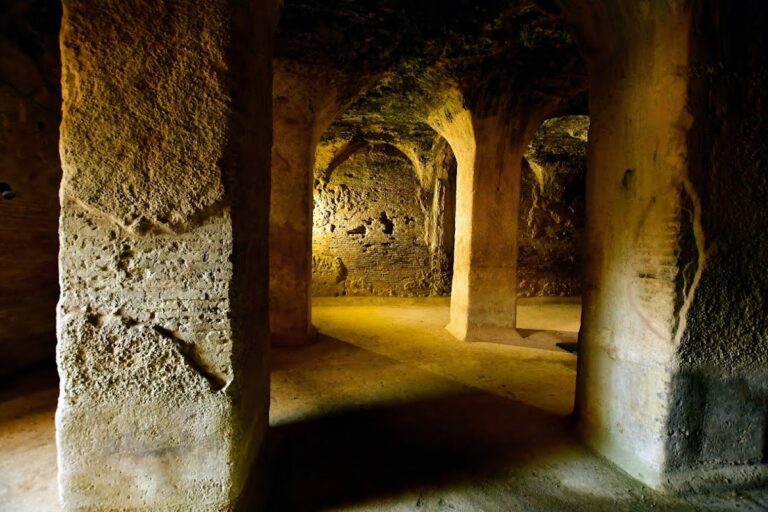Castle Murat: A Historic Fortress in Pizzo, Italy
Visitor Information
Google Rating: 4.4
Popularity: Medium
Google Maps: View on Google Maps
Official Website: www.castellomurat.it
Country: Italy
Civilization: Unclassified
Remains: Military
History
Castle Murat is located in the municipality of Pizzo, Italy. It was originally constructed by the Angevin dynasty in the late 14th century as a coastal watchtower called Torre maschia, designed to protect the Kingdom of Naples from Saracen pirate attacks along the Calabrian coast.
Between 1481 and 1485, under the orders of King Ferdinand I of Naples, the tower underwent significant expansion and fortification. This effort was part of a broader strategy to defend the region against maritime threats. The upgraded structure incorporated new walls, a central body, and a conical guard tower, transforming the simple watchtower into a quadrangular fortress known as Castello Aragonese, reinforcing the coastal defenses of Calabria.
In 1783, the castle sustained considerable damage during a powerful earthquake, especially in its lower chambers. Restoration work conducted by 1790 repaired these areas, preserving the castle’s structural integrity. The early 19th century marked a crucial moment in the castle’s history when Joachim Murat, former King of Naples and Napoleon Bonaparte’s brother-in-law, attempted to regain his throne. After landing near Pizzo, Murat was captured and held prisoner within the castle. He was executed by firing squad there on October 13, 1815, an event that gave the fortress its present name.
Following the political changes of the 19th century, the castle became state property under the Kingdom of Italy in 1806. Later, in 1884, ownership passed to the local municipality of Pizzo. Recognized for its historical importance, it was declared a national monument in 1892. Today, Castle Murat serves as a museum illustrating the final days of Joachim Murat’s life, including displays of his imprisonment, trial, confession, and execution, alongside fragments of a sculpture by Antonio Canova, which was historically lost during Giuseppe Garibaldi’s passage through the area.
Remains
Castle Murat features a distinctive quadrangular design, with one side bordering the sea and the opposite side protected by a deep moat. Its construction reveals a blend of Angevin origins and Aragonese modifications. The oldest part of the structure is the original late 14th-century Angevin tower, around which the Aragonese rulers added thick defensive walls, a central body, and a smaller conical guard tower that overlooks the harbor, enhancing surveillance capabilities.
Originally, access to the castle was controlled by a drawbridge spanning between two fortified towers. Over time, this drawbridge was replaced by a paved limestone bridge that now serves as the main entrance. The double-storied building preserves much of its original form and retains numerous defensive features, including positions where artillery pieces were historically mounted to fend off attackers.
Beneath the ground floor extend extensive underground tunnels, reaching lengths between 7 and 11 kilometers and connecting the castle with surrounding areas such as Vibo Valentia and Lake Angitola. These subterranean passages likely provided secure routes for movement or escape, though their precise historical use remains documented only in terms of their physical extent.
Inside the castle, the two upper floors are accessible and arranged to present exhibitions related to Joachim Murat’s last days, including his incarceration and the events leading to his execution. Among the displayed artifacts is a surviving fragment of an Antonio Canova sculpture—a helmet—that holds historic significance linked to Giuseppe Garibaldi’s passage through the region. The combination of these architectural and museological elements preserves the castle’s layered history from medieval defense to 19th-century political drama.
